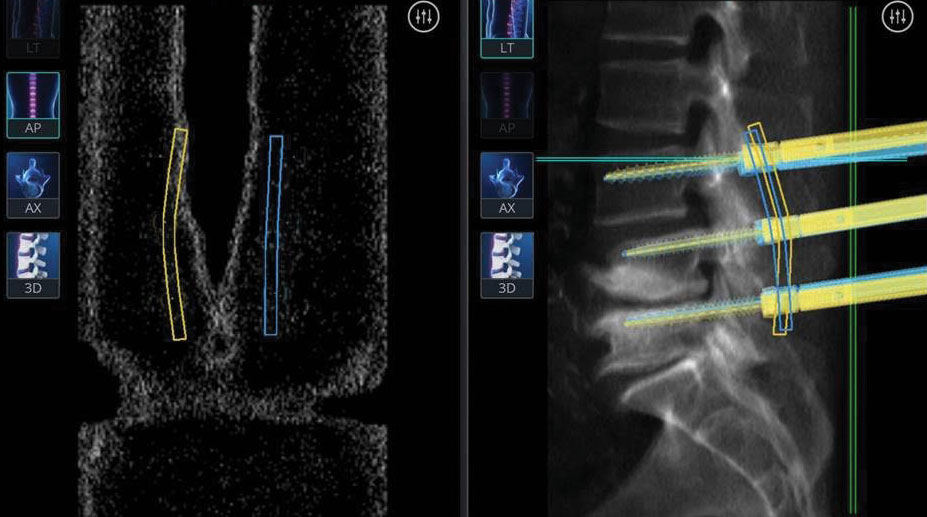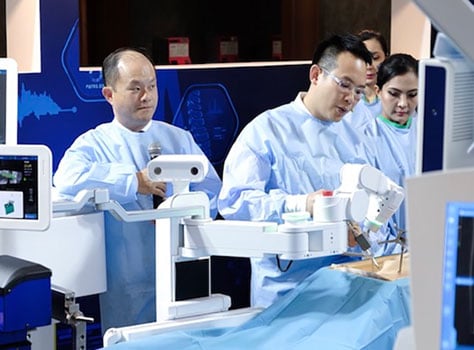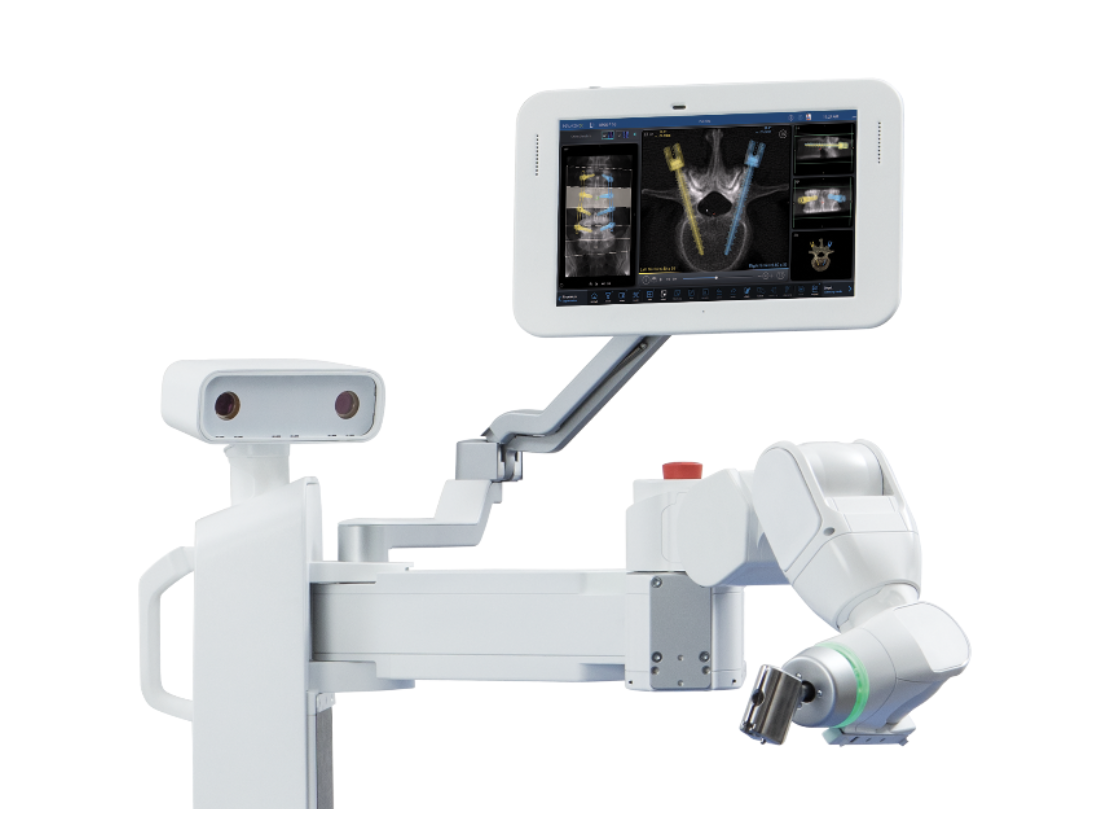Spine surgery is challenging to begin with, and it can be twice as difficult to perform on patients with unique spinal curvatures, spinal deformities, or who require more complicated spinal revision surgeries. Luckily, through recent technological medical advancements, spine surgeons are now able to utilize specialized tools to assist in spine surgery, allowing for greater control, which leads to greater results. One example is the current use of robotic arm and navigation systems, known as robot-assisted spine surgery, to assist surgeons with spinal instrument implantation surgery.
.jpg)
Patients with more unique anatomies or injuries require extreme precision and pre-planning when undergoing surgery more so than others, as their unique structures allow for an even higher risk of misplacement or miscalculation, which can lead to very different results. Conditions such as spine degeneration and scoliosis are examples. Robot-assisted spine surgery is especially suitable for these conditions.
Robot-Assisted Spine Surgery for Posterior Instrumentation: Greater Precision and Accuracy

Robot-assisted spine surgery has shown promising results within the last few years, and is increasingly being used in spine surgery at hospitals all around the world. One of the most promising applications of the technology at Bumrungrad International has been with posterior spinal instrumentation.
Patients with spinal curvatures and deformities commonly require spinal instrumentation implants to correct the abnormality. Posterior instrumentation with pedicle screws and rods is the most common type of spine surgery that can benefit from robotic systems. Traditional posterior implantation runs the risk of misplacement, which can lead to numerous complications such as neurological and vascular injuries. Through robot-assisted spine surgery, misplacement is minimized as the robot’s steady arm under guidance of the surgeon increases precision and accuracy.
Additionally, with the robotic system’s 3D imaging software, surgeons are able to pre-plan surgeries, pre-identify any surgical challenges, and create an individualized surgical plan for the patient. And with the surgical system’s navigation capabilities, the exact trajectory and positioning of the implant is precisely mapped, allowing for more precise screw placement, while eliminating the need of extensive intraoperative fluoroscopy and reducing the risk of potential complications.
Robot-assisted spine surgery also allows for a less invasive surgery by requiring only a small incision. The robotic arm is able to fit into smaller, tighter spaces during the surgical process, and with the smaller incisions, there is less risk for infection and muscle retraction, quicker recovery time, and less blood loss.
However, the procedure does require more preparation, resulting in longer surgical times.
A Robot Cannot Replace the Surgeon

Although the robot can assist in instrument implantation of the spine, it cannot replace the surgeon’s expertise and skills; as throughout the entire procedure, the surgeon has absolute control over the system, operating the robotic arm to their discretion. Aside from the actual fixing of screws, other delicate parts of the operation such as microscopic nerve decompression and preparing the fusion surface are still performed by the surgeon.
Learn More
If you would like to learn more about robot-assisted spine surgery for posterior spinal instrumentation, please contact the Spine Institute at Bumrungrad International Hospital during clinic hours at +66 2011 3077 or by clicking here.
Writen by Dr. Withawin Kesornsak, Neurosurgeon, Spine Institute, Bumrungrad International Hospital
For more information please contact:
Last modify: April 28, 2025